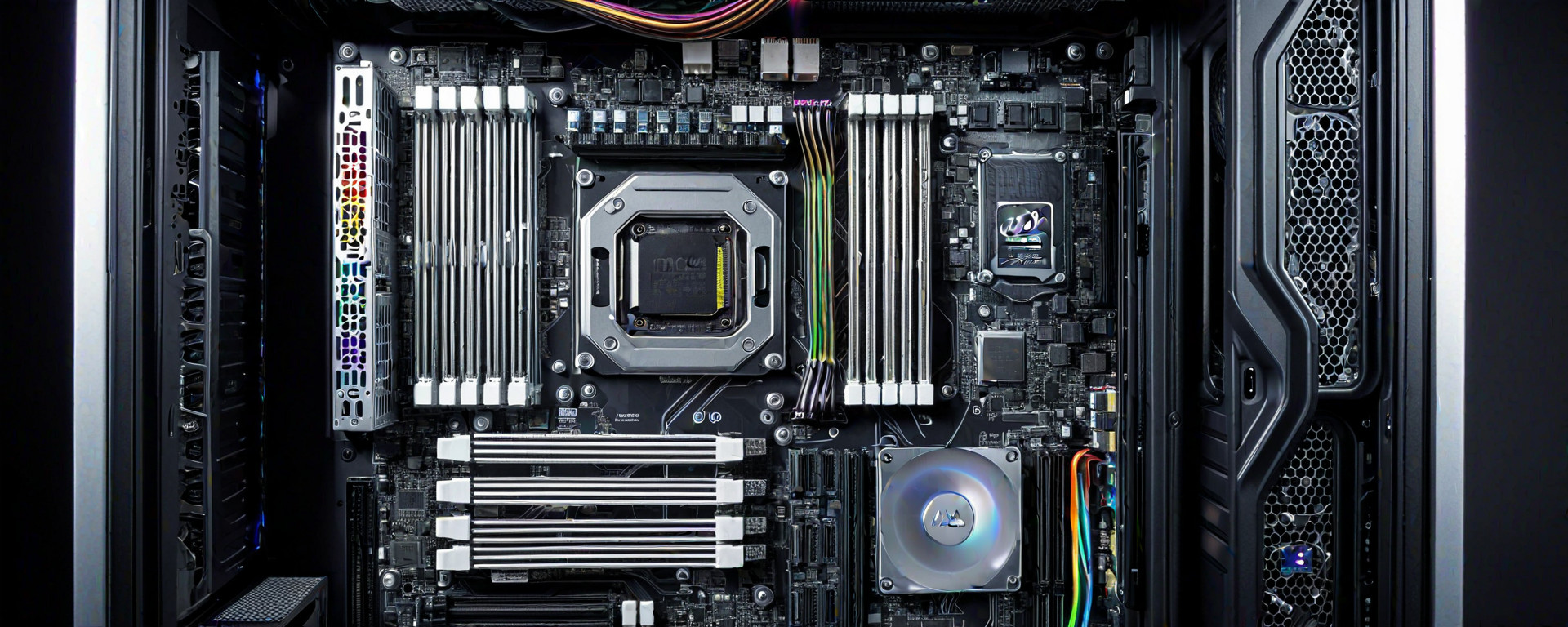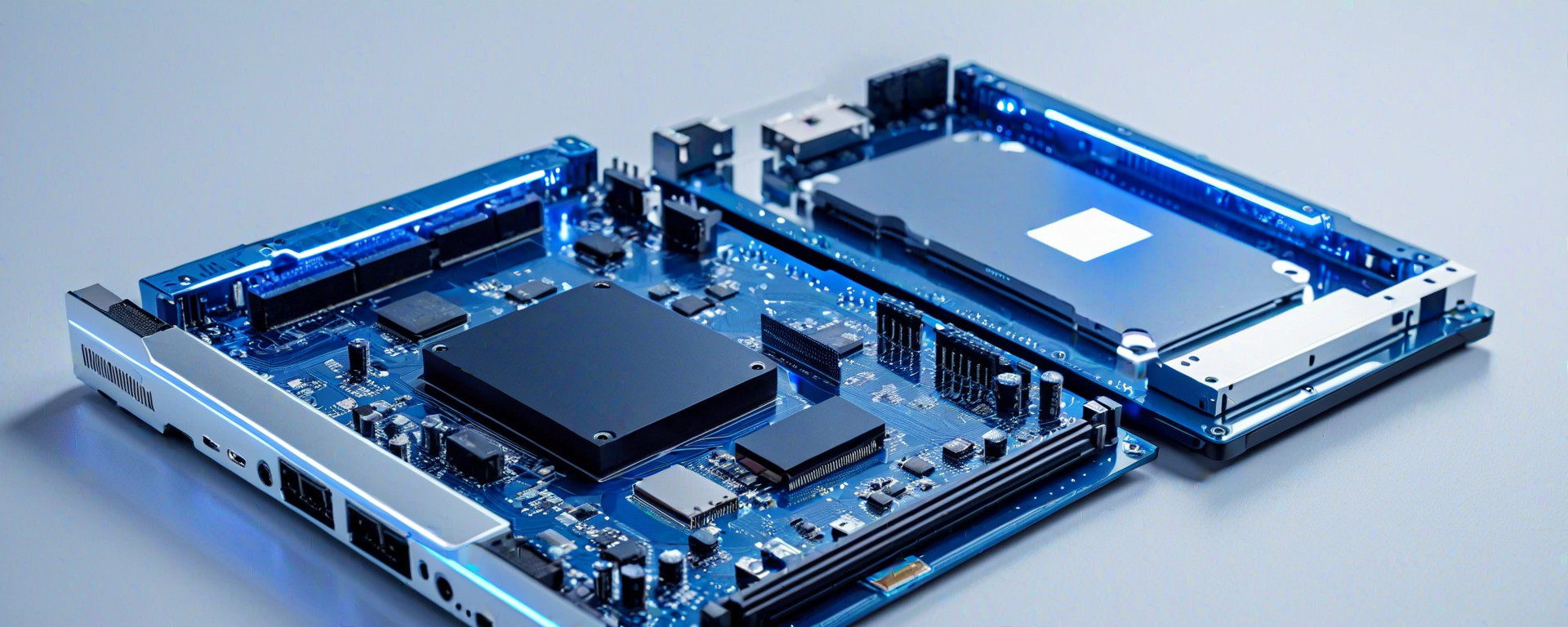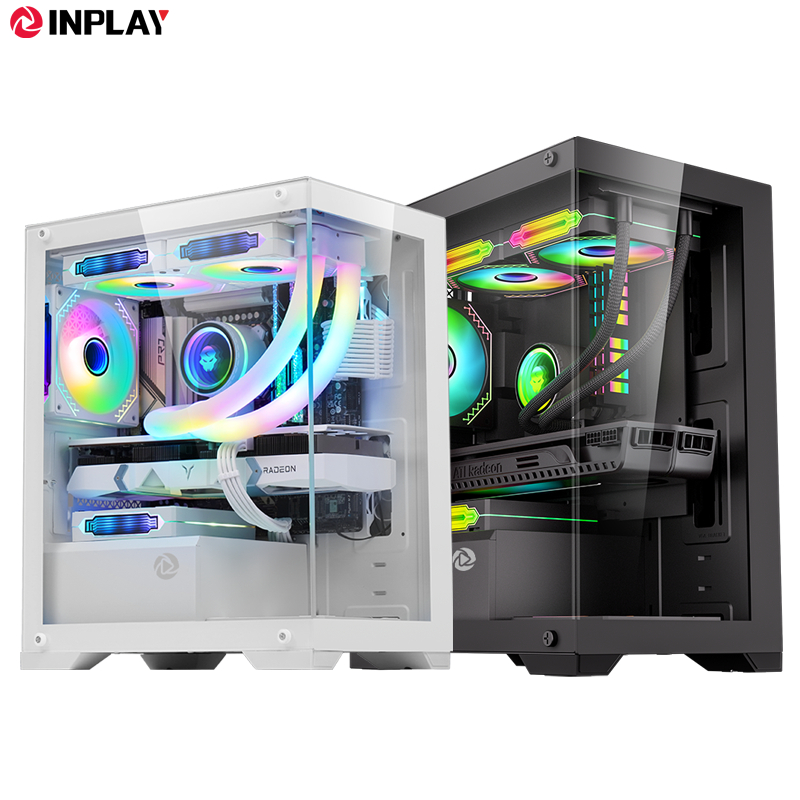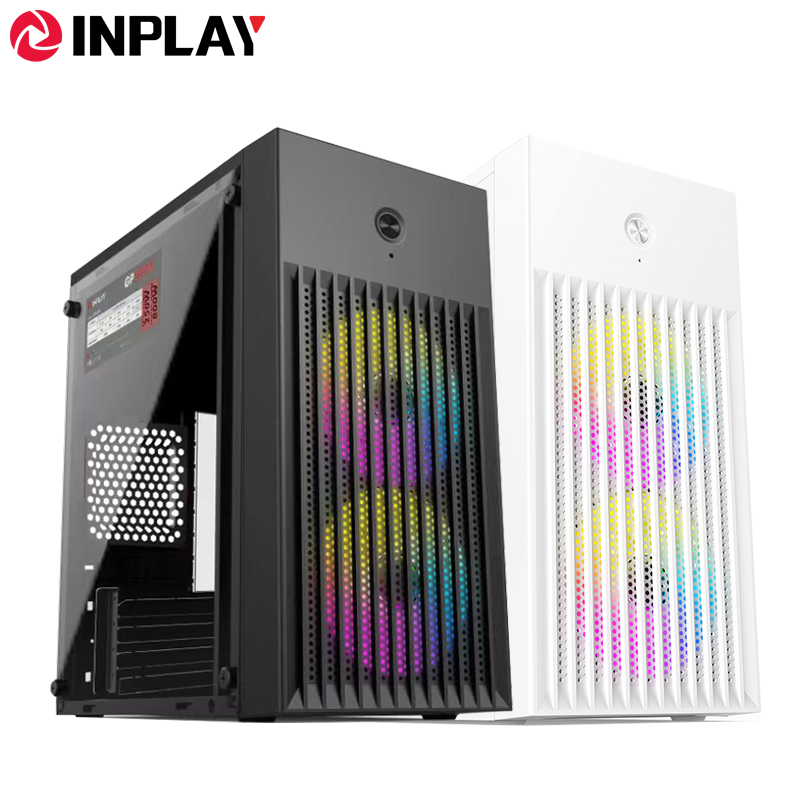Introduction to Form Factors
The concept of form factors in computer hardware is crucial for anyone looking to build a custom PC or upgrade an existing one. A form factor defines the physical dimensions, mounting points, and connector layouts of a motherboard or other components within a computer case. Understanding these details helps ensure that all parts work together seamlessly, optimizing performance, aesthetics, and future upgradability.
Choosing the right form factor is essential because it directly influences system performance, upgrade potential, and overall build quality. For example, an ATX motherboard provides more space for components like high-end CPUs and GPUs compared to a mini-ITX board, but it requires a larger case that might not be suitable for all environments or budgets.
One common misconception is that smaller form factors are always inferior in terms of performance. While this can sometimes be true due to limited expansion slots and cooling space, microATX and mini-ITX boards often offer sufficient power and flexibility when paired with the correct components and case configuration.
Common Motherboard Form Factors
Motherboards come in various form factors, each suited for different use cases. The most common ones are ATX, MicroATX (microATX), Mini-ITX, Extended ATX (E-ATX), and some less prevalent variants like FlexATX, PicoATX, and WTX.
ATX
The standard ATX form factor measures 12 inches by 9.6 inches and is the most versatile for a wide range of applications from gaming to professional workstations. It supports full-size CPUs like Intel's LGA-2066 or AMD’s TR4, up to two long GPUs, and offers seven expansion slots.
| Form Factor | Dimensions (LxW) | Expansion Slots | CPU Support |
|---|---|---|---|
| ATX | 12" x 9.6" | 7 | LGA-2066, TR4, AM4 |
| MicroATX | 9.6" x 9.6" | 5 | AM4, LGA-1700 |
| Mini-ITX | 6.7" x 6.7" | 2 | LGA-1700, AM4 |
MicroATX (microATX)
MicroATX is a smaller version of ATX that measures 9.6 inches by 9.6 inches and offers fewer expansion slots—typically five. Despite its size, it still supports the latest CPUs like Intel's LGA-1700 or AMD’s AM4 socket.
Mini-ITX
The smallest standard form factor, Mini-ITX measures 6.7 inches by 6.7 inches and is ideal for compact builds where space is at a premium. It usually supports two expansion slots and the latest CPUs like Intel's LGA-1700 or AMD’s AM4 socket.
E-ATX
Extended ATX (E-ATX) is larger than standard ATX, measuring 12 inches by 13 inches. This form factor provides extra space for high-end CPUs and additional expansion slots, making it suitable for heavy-duty tasks like professional video editing or gaming with multiple GPUs.
Selecting the Right Case
Once you've chosen a motherboard form factor, finding an appropriate case is critical to ensure proper fitment and cooling. Here are some key points:
Compatibility Checklist
- Motherboard Dimensions: Verify that the case supports your chosen motherboard size.
- Cooling Solutions: Check if there's enough space for air coolers or water cooling setups.
- Expansion Slots: Ensure the case can accommodate all necessary expansion slots and peripheral cards.
Frequently Asked Questions (FAQ)
Here are some common questions and their answers to help you understand form factors better:
What is the difference between ATX and MicroATX?
ATX motherboards offer more expansion slots, CPU socket options, and room for larger cooling solutions compared to MicroATX boards. However, MicroATX cases are typically smaller and more compact.
Can a Mini-ITX motherboard fit in an ATX case?
Yes, you can use a Mini-ITX motherboard in an ATX case since it fits within the dimensions of any standard ATX or larger case type. However, not all cases designed for smaller form factors will accommodate ATX motherboards.
Real-world Usage Scenarios and Case Studies
To illustrate how different form factors affect build decisions:
Gaming Setup with High-Performance Components
- Form Factor: E-ATX for maximum flexibility and performance.
- CPU: AMD Ryzen 9 5900X or Intel Core i9-12900K.
- Motherboard: ASUS ROG Maximus XII Extreme, Gigabyte AORUS Z690 Master.
- Cooling: Noctua NH-U14S TR4 cooler or custom water cooling loop.
- Gaming GPUs: NVIDIA GeForce RTX 3080 Ti, AMD Radeon RX 6900 XT.
Compact Media Center with Mini-ITX
- Form Factor: Mini-ITX for minimal footprint and noise.
- CPU: Intel Core i5-12600K or AMD Ryzen 7 5800X.
- Motherboard: ASUS ROG Strix B450-I, Gigabyte AORUS Z690I WiFi.
- Cooling: Cooler Master V120 or Noctua NF-A9 PWM fan.
- Silence Priority: SSDs, NVMe drives for quieter operation.
Multimedia Editing Workstation with MicroATX
- Form Factor: MicroATX for balanced performance and size.
- CPU: Intel Core i7-12700K or AMD Ryzen 5900X.
- Motherboard: ASRock Z690 Taichi, ASUS ROG Strix B550-I.
- Cooling: Corsair H115i RGB PLATINUM or NZXT Kraken X73.
- Graphics Card: NVIDIA Quadro RTX 4000, AMD Radeon Pro WX 8200.
Troubleshooting and Best Practices
Here are some troubleshooting tips to avoid common pitfalls when selecting form factors:
CPU Socket Compatibility Check
- Verify: Ensure your CPU socket matches the motherboard's.
- Documentation: Consult manufacturer manuals for compatibility lists.
Expansion Slot Sufficiency
- Evaluate: Assess if you need full-size or half-length GPUs based on your setup.
- Reserve: Leave room for future upgrades by choosing cases with extra slots.
Conclusion
Selecting the right motherboard form factor and case is crucial for building a balanced, efficient computer system tailored to your specific needs. Consider factors like performance requirements, space constraints, cooling solutions, and scalability when making your choice.
By following these guidelines and recommendations, you can make informed decisions that ensure optimal compatibility, functionality, and long-term satisfaction with your build. If you need further assistance or have additional questions, feel free to reach out for expert advice! --- This guide provides a comprehensive overview of motherboard form factors, helping users select the best option based on their requirements and preferences. Happy building!





